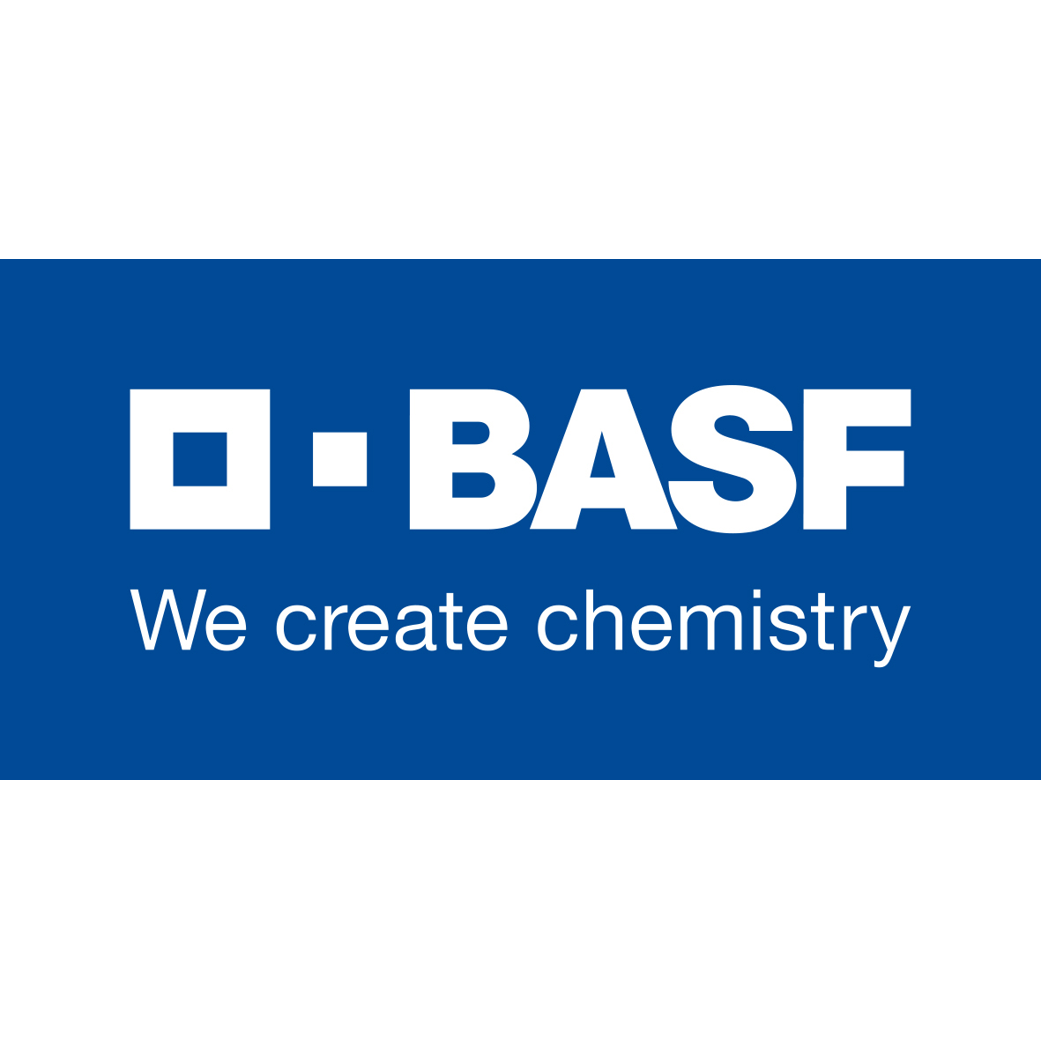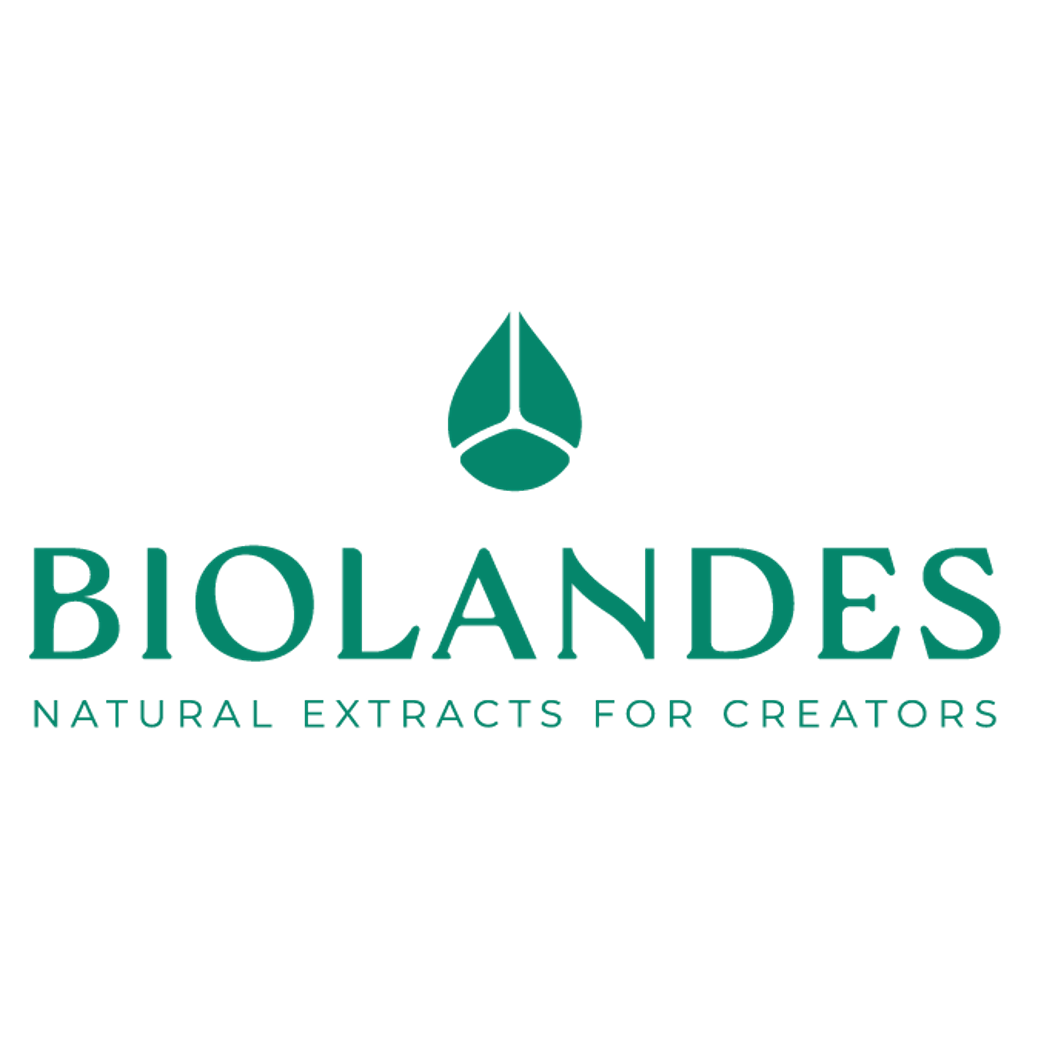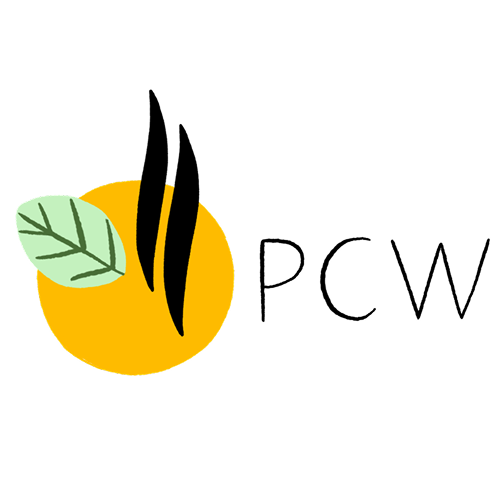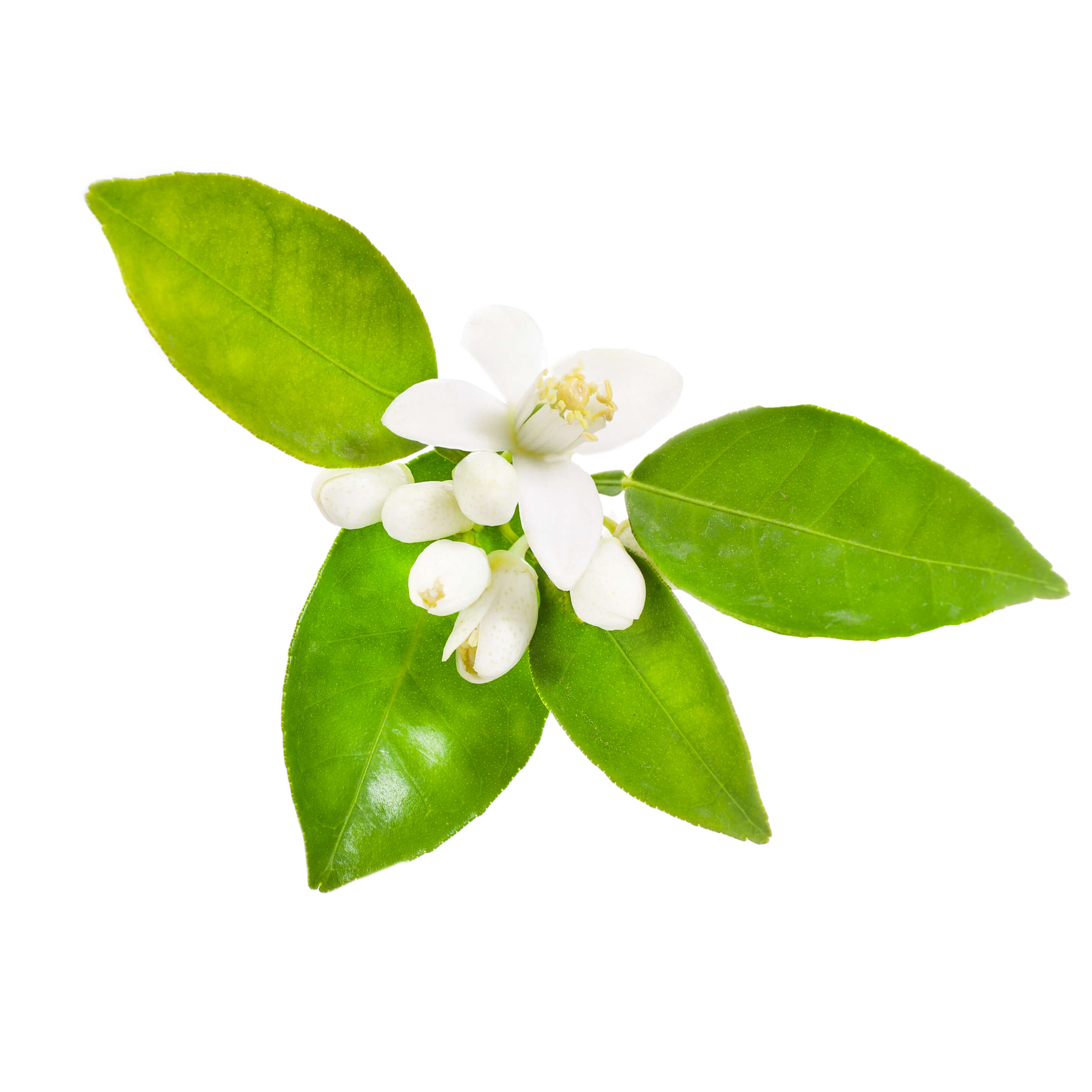| Company | Ingredient Name | ID | Comments | Naturality | Certifications | MOQ | Latin name | Treated part | Geographical origin |
|---|---|---|---|---|---|---|---|---|---|
|
|
Huile essentielle de Néroli (fleur d'oranger) - 30 gr | - |
Visit website
|
- | - | - | - | - | |
|
|
NEROLI | N0900 |
Visit website
|
Huile essentielle |


|
- | Citrus aurantium var amara L. | Fleur | Maroc |
|
|
NEROLI | B673 |
Visit website
|
Huile essentielle |

|
- | Citrus aurantium var amara L. | Fleur | Maroc |
|
|
NEROLI | P00624361000 |
Visit website
|
Huile essentielle |

|
- | Citrus aurantium var amara L. | Fleur | Maroc |
|
|
NEROLI 100% EO | - |
Visit website
|
- | 10 grs | - | - | - |
General Presentation
-
CAS N° :
8016-38-4 -
EINECS number :
72968-50-4 -
FEMA number :
2771
-
Volatility :
Head/Heart -
Price Range :
€€€€€
Physico-chemical properties
-
Appearance :
Colorless liquid -
Density :
May have variations upon origins: Tunisia et Morocco -> 0,863 - 0,876 @20°C Egypt -> 0,870 - 0,880 @20°C -
Refractive Index @20°C :
May have variations upon origins: Tunisia et Morocco -> 1.464 - 1.474 @20°C Egypt -> 1.465 - 1.472 @20°C -
Optical rotation :
May have variations upon origins: Tunisia et Morocco -> +2° // +12° Egypt -> +2° // +11° -
Vapor pressure :
Data not available. -
Flash Point :
Data not available. -
Acid Value :
Max 2
Botanical informations
Botanical name :
Data not available.
Botanical profile :
The sweet orange is the fruit of the sweet orange tree, belonging to the Rutaceae family and the genus Citrus L.
The Rutaceae family includes all citrus fruits, as well as plants such as buchu and amyris.
Chemotypes :
The Citrus L. genus, which includes the vast majority of citrus fruits, contains a large number of varieties used in perfumery:
- Citrus × aurantium L.: Bitter orange tree, cultivated in Spain and Florida. Orange oil expressed (Bitter) / Orange oil (Bitter) / Petitgrain bigarade oil / Petitgrain bigarade absolute / Petitgrain oil (Paraguay) / Orange flower absolute (Bitter) / Orange flower concrete (Bitter) / Orange flower SFE (Bitter)
- Citrus × aurantiifolia (Christm.) Swingle: The lime tree, mostly cultivated in Mexico. Lime oil expressed / Lime oil distilled
- Citrus × bergamia Risso: The bergamot tree, a hybrid of lemon and bitter orange, cultivated for its fruit and petitgrain oils. Bergamot oil expressed / Petitgrain bergamot absolute.
- Citrus hystrix DC.: Kaffir lime, grown in Thailand and India. Kaffir lime oil.
- Citrus × junos Siebold ex Yu.Tanaka: Yuzu, produced in Japan and Korea. Yuzu oil / Citrus junos oil / Citrus junos extract
- Citrus × limon (L.) Burm.fil.: The lemon tree, cultivated in Italy for its fruit and leafy branches. Lemon oil / Lemon oil (distilled, rectified) / Petitgrain lemon oil
- Citrus × paradisi Macfad.: The grapefruit tree, of Malay origin, cultivated in Brazil and Israel for its fruit’s essential oil. Grapefruit oil / Grapefruit flower oil / Grapefruit oil expressed
- Citrus sinensis L.: The sweet orange tree, widely cultivated in Brazil and California, is the most used citrus in perfumery. Orange flower absolute (Sweet) / Orange flower concrete (Sweet) / Orange flower SFE (Sweet) / Orange cold pressed (Sweet)
- Citrus reticulata Blanco: The mandarin tree, especially cultivated in Italy for its fruit and petitgrain (leaf oil). Mandarin oil (red) / Mandarin oil (yellow) / Mandarin oil (green) / Petitgrain mandarin oil. Its hybrid with sweet orange gave rise to the clementine (Clementine oil).
- Citrus medica L.: The citron tree, grown in Sicily. Citron oil.
Extractions & Uses
Extraction process :
The bigaradier is a tree about 3 meters tall in adulthood that provides about 10 to 30 kg of flowers per year at maturity.
The most mature flowers are picked by hand in March and April. They are stored in canvas bags and weighed before they are brought to the extraction plant.
The flowers are inserted into the extractor and water is added directly into the distillation tank, at the rate of 750 kg of water per 1000 kg of flowers. The essential oil is separated from the water of neroli by decantation in a florentine vase.
A ton of flowers gives 1 kg of essential oil (yield of 0.1%).
The bigaradier gives many extracts. The bitter orange EO gives an essential oil by cold expression of the fruit. If we treat branches and twigs by hydrodistillation, we obtain Petitgrain Bigarade EO. Finally, if we use the flower, we can obtain Orange Blossom Absolute (extraction with volatile solvent) and Neroli EO (hydrodistillation).
Uses in perfumery :
Used in oriental and floral perfumes, for an accentuation of fruity apricot notes for example, and in cologne perfumes.
Stability :
The terpenes identified in this raw material can polymerize when they are oxidized
The esters identified in this raw material can form their corresponding acid in stability tests
Major Components :
- For Tunisian and Marocan origins :
- Linalool (26 - 48%)
- DL-Limonene (9 - 18%)
- Beta-pinene (5 - 17%)
- (E)-Beta-ocimene (3 - 9%)
- Sabinene (< 3%)
- Geraniol (2,5 - 3,1%)
- Alpha-terpineol (2 - 5,5%)
- Alpha-pinene (< 2%)
- Linalyl acetate (1,5 - 15%)
- Neryl acetate (< 1,5%)
- Geranyl acetate (1 - 5%)
- (E)-Nerolidol (1 - 5%)
- Myrcene (1 - 4%)
- Nerol (0,9 - 1,2%)
- (E/E)-Farnesol (0,5 - 4%)
- Methyl anthranilate (0,1 - 1%)
- Indole (0,1 - 0,3%)
- For Egypt qualities :
- Linalool (26 - 55%)
- DL-Limonene (7 - 17%)
- Neryl acetate (< 7%)
- Linalyl acetate (3 - 20%)
- (E)-Beta-ocimene (3 - 9%)
- Sabinene (< 3%)
- Alpha-terpineol (2 - 8%)
- Beta-pinene (2 - 8%)
- Alpha-pinene (< 2%)
- Geranyl acetate (1 - 5%)
- Geraniol (1 - 5%)
- Myrcene (1 - 4%)
- Methyl anthranilate (< 1%)
- (E)-Nerolidol (0,5 - 5%)
- (E/E)-Farnesol (0,5 - 4%)
- Nerol (0,5 - 2%)
- Indole (< 0,5%)
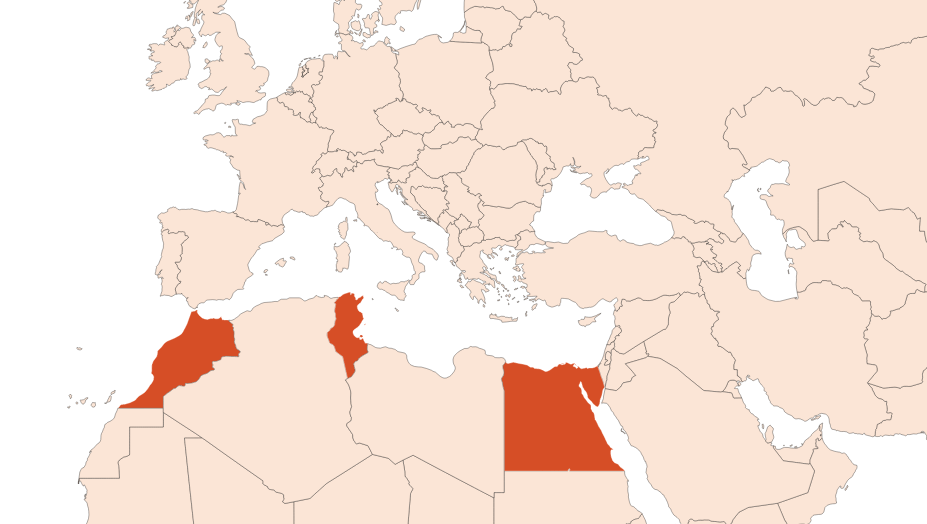
Photo credits: ScenTree SAS
Other comments :
Tunisia is the world leading producer of orange blossom, as the cultivation of bitter orange or bigaradier requires a sunny weather. The importation of this tree in the Maghreb countries dates from the Arab conquests of the 9th and 10th centuries.
The smell of Neroli is fresh, light, greener, citrusy and less animal than the orange blossom absolute.
IFRA
IFRA 51th :
This ingredient is not restricted for the 51th amendment





